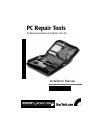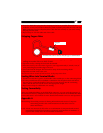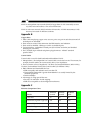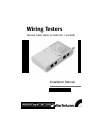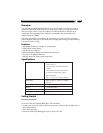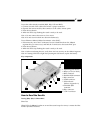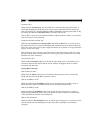
MAN: A metropolitan area network (MAN) is larger than a LAN. It normally covers a
city-sized area and reaches a size several kilometers.
WAN: A wide area network (WAN) includes all networks. A WAN interconnects LASs
that may be located in different countries.
Appendix B
Copper Pairs
1. Most LANs employing copper wires use two pairs: one pair in each direction and all
twisted-pair are baseband.
2. Pairs must be twisted. This minimizes the EMI interface and radiation.
3. Pairs must be shielded - IBM type 1 and 2 use shielded pairs.
4. Typical interface - unshielded twisted pair (85-115 ohms at 10mhz) and shielded
twisted pair (150 ohms).
5. For UTP, RJ45, 8-pin modular telephone plugs dominate - 10BaseT standard
specifies them.
Coaxial Cable
Coaxial cable is used for both baseband and broadband LANs
1. Independence - the independence of coaxial cable is not based on size. That means, for
example, that bib cables do not necessarily have a low impedance.
2. Three common values of impedance - 50 ohms (for baseband Ethernet/802.3 LANs),
75 ohms (for broadband LANs/801.4) and 93 ohms (for ARCnet LANs)
3. EMI, radiation and bandwidth/bit rate
• EMI susceptibly and radiation are lower than TP.
• Conventional bandwidth is greater than 400mhz. It is usually limited by the
attached equipment.
• Data bit:10Mbps
4. Advantage of using optical fiber are:
• Security: No radiation. Avoids tapping.
• EMI: Not susceptible to electromagnetic interference.
Appendix C
Ethernet Comparison Chart
Media
Data Rate
Maximum Segment Legth (m)
Network Span (m)
Node Per Segment (m)
Topology
Thicknet
Coaxial
10
500
2500
100
Bus
Thinnet
Coaxial
10
185
925
30100
Bus
10 BaseT
UTP
10
100
Star
3



